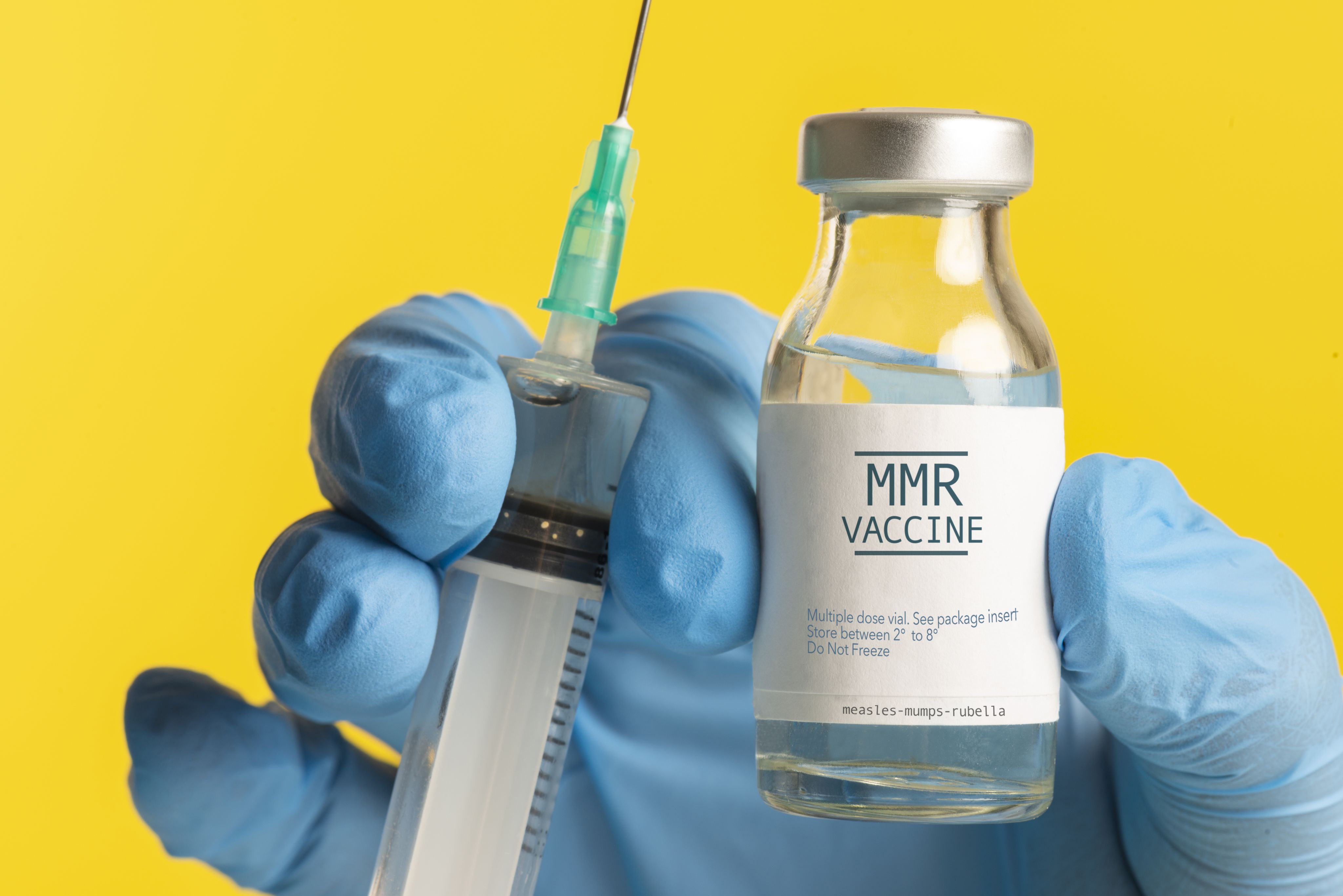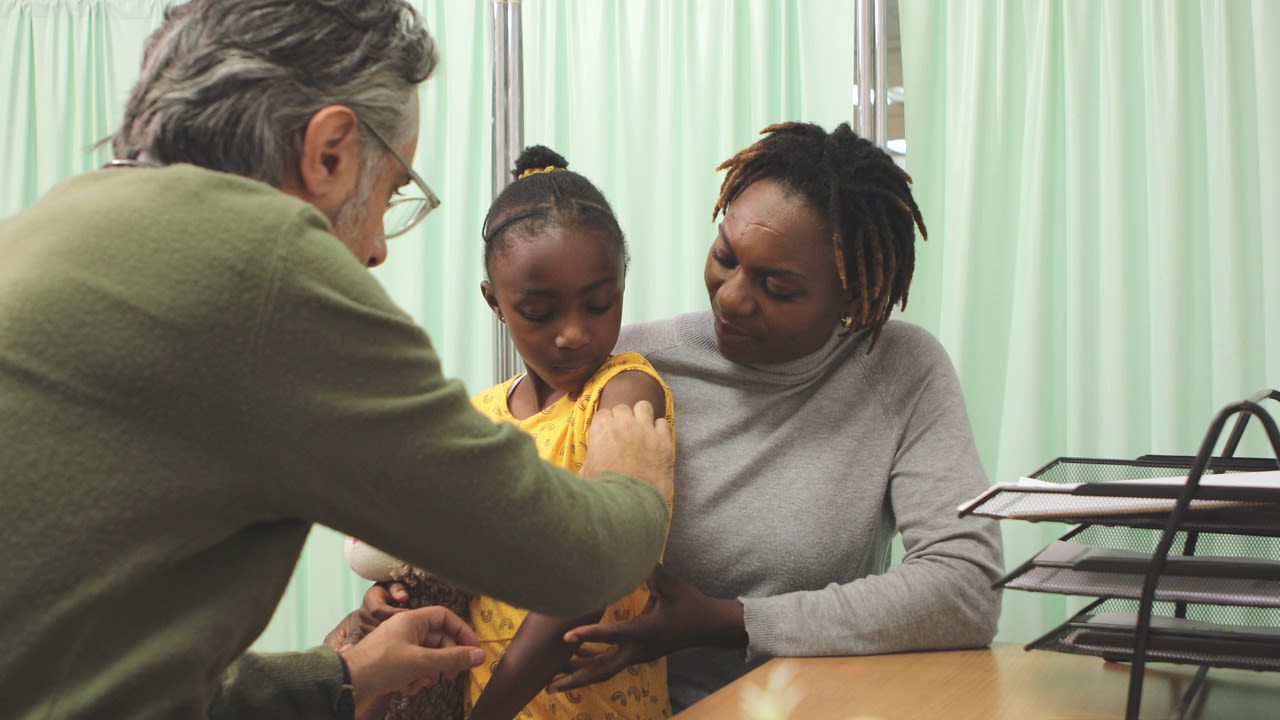Improving vaccine uptake in south west England

Introduction
The screening and immunisation team at NHS England in the south west aimed to find ways of increasing coverage of the MMR vaccine.
The team referred to NICE's products - including its guideline and quality standard on vaccine uptake - to support its work.
By using NICE’s baseline assessment tool, the team was able to benchmark current practice. They then identified areas where practice could be improved. The team shared this learning with its stakeholders through a webinar, to support local action to maximise vaccination uptake.

“NICE guidance and advice gave us the evidence base and assurance that underpins the work we’re doing. It provided us with a lever to influence commissioning – so that we’re directly targeting the communities where we know vaccine uptake is low. It also provides us with a holistic view – allowing data to work alongside real-world evidence to influence practice.”
Increasing uptake and reducing variation of vaccine uptake in the south west
The uptake of MMR vaccines in the south west has historically been good, with rates typically at or above those in other parts of the country.
However, certain communities in the south west have lower levels of vaccine uptake. These include those experiencing high levels of deprivation and health inequalities, such as those in coastal regions.
The COVID-19 pandemic highlighted the disproportionate impact health inequalities can have on these communities. It also emphasised the work that can be done to support engagement with them.

Building on this learning, the screening and immunisation team started a programme of work to:
Reverse the decline in uptake and coverage of MMR vaccination in eligible children aged 1-5 years.
Achieve the World Health Organization target of at least 95% coverage with 2 doses of MMR vaccine in children under 5.
Proactively offer MMR vaccination to pre-school children (under 5) who may have missed their first or second dose at the national point of invitation due to the COVID-19 pandemic.
Support catch-up opportunities for those eligible up to 25 years with an incomplete or partially complete MMR vaccination history.
Narrow health inequalities in uptake and coverage of MMR vaccination across all eligible cohorts.


Step 1: finding gaps in practice
The team began by using NICE’s baseline assessment tool to benchmark their activity. This enabled them to identify areas where regional practice was in line with NICE recommendations. The benchmarking exercise also highlighted gaps where practice could be improved.
Through this exercise, the team found that by working with stakeholders, they were meeting the majority of NICE recommendations (74%). However, they also found that 24% of recommendations were only partially met.
This allowed the team to identify:
- key priorities for improvement
- ways in which stakeholders could make best use of NICE guidance and quality standards to improve practice
- methods for applying guidance to commissioning to promote the uptake of MMR vaccines.


Step 2: acting on the gaps in practice identified
The team used the gap analysis as a basis for refreshing their action plan for MMR uptake.
The gap analysis also informed a number of different projects to increase MMR uptake. These included improving uptake through:
- primary care settings
- maternity settings
- local authority services
- school providers
- acute and community providers
- communications
- stakeholder engagement
- tackling vaccine hesitancy.
The gap analysis helped the team identify several evidence-based interventions that can improve vaccination uptake, such as:
- Targeted work with GP practices that are consistently below desired uptake.
- Focussed communications and promotion of vaccination offer to preschool and school cohorts.
- Recognising the need for a clear pathway for children who are eligible for vaccination but are not registered with a GP practice.
- Seeking opportunities to strengthen links with local authorities and their services to promote MMR vaccine uptake.
- Working with communities to establish behavioural insights that influence outcomes.
- Establishing alternative provision of immunisation services for underserved or unregistered communities, and those who find accessing immunisations challenging.
- Improving vaccine confidence to make an informed choice.


Step 3: spreading the word
The team worked with NICE’s field team to host a webinar. More than 75 representatives from councils and public health organisations in the region attended including:
- directors and deputy directors of public health
- health protection programme leads
- vaccination leads
- clinical leads
- integrated care boards
- NHS England
- UK Health Security Agency.
The webinar covered ways that NICE guidance and advice can be used to develop evidence-based, local action plans to target vaccine uptake.
Following the success of this webinar, the screening and immunisation team are considering holding further webinars aimed at particular provider groups, such as those working in primary care.
“It’s been a great experience working with the screening and immunisation team - bringing together their expertise and experience with the evidence from NICE to improve vaccine uptake across the south west. It’s a really good example of how joint working can deliver health benefits for both individuals and for the wider population”